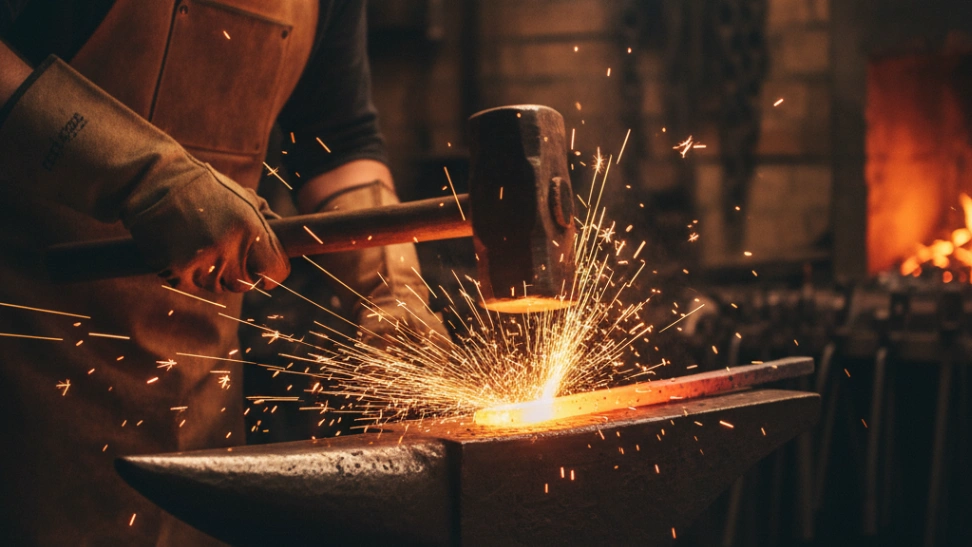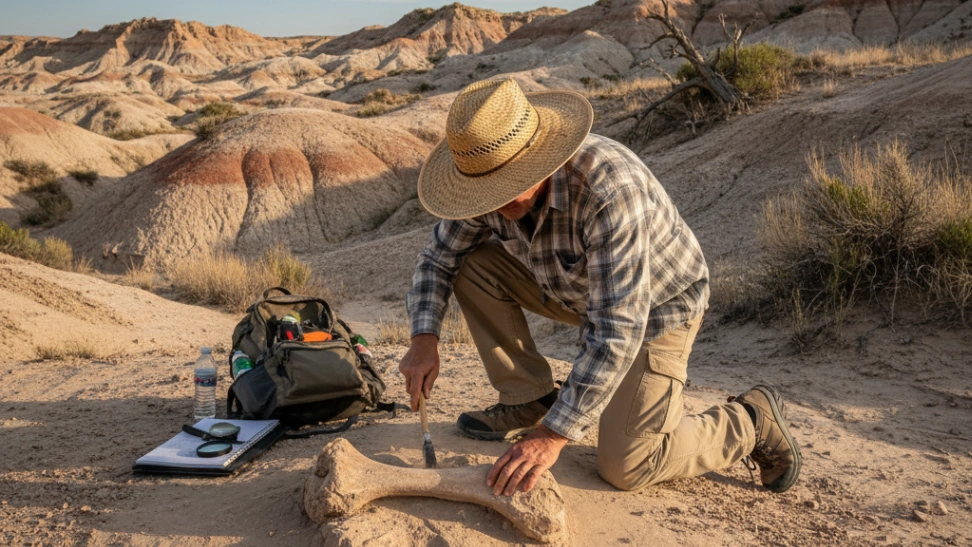The origins of blacksmithing stretch back to the Iron Age, marking a pivotal moment in human civilization. As early as 1500 BCE, artisans discovered how to extract iron from ore and, more importantly, how to forge it into implements. For millennia, blacksmiths were indispensable members of society, creating everything from agricultural tools, weapons, armor, and horseshoes to architectural components and cooking utensils. Their skill directly fueled innovation and survival. With the advent of the Industrial Revolution in the 18th and 19th centuries, mass production methods largely replaced the individual blacksmith. Factory machines could produce items cheaper and faster, leading to a significant decline in the craft. However, the late 20th century saw a resurgence of interest, not primarily for utilitarian production, but as a valued art form and a skilled hobby, driven by a desire to reconnect with traditional craftsmanship and create unique, handcrafted items. Today, blacksmithing celebrates both its historical roots and its potential for contemporary artistic expression, often integrating modern techniques and tools with age-old practices. This blend ensures the longevity and continued evolution of the craft, attracting new enthusiasts who appreciate the intricate dance between fire, steel, and human ingenuity.
The process of blacksmithing begins with heating metal in a forge until it reaches a malleable temperature, often glowing orange or yellow. This heat allows the metal's crystalline structure to become more pliable, making it responsive to shaping. The primary tools are a hammer and an anvil, but a wide array of tongs, chisels, punches, and other specialized tools are employed depending on the desired outcome. Core techniques include drawing, where the metal is stretched and thinned; upsetting, where it is shortened and thickened; bending, to create curves and angles; punching, to make holes; and twisting, for decorative effects. Forge welding, a technique where two pieces of metal are heated to welding temperature and then hammered together, is also a fundamental skill. Each strike of the hammer must be precise, not just in force but in placement, guiding the metal towards the intended form. Understanding how different metals react to heat and pressure is crucial, as is the ability to manage the forge's temperature and atmosphere to prevent oxidation or burning the workpiece. The rhythmic sound of hammer on anvil is iconic, symbolizing the focused effort and skill required to manipulate such a stubborn material. This physical and mental engagement is deeply satisfying, connecting the artisan directly to the material.
People are drawn to blacksmithing for a multitude of reasons, often finding it a deeply rewarding pursuit. For many, it's the sheer act of creation – transforming a raw bar of steel into something beautiful and functional with their own hands. The tangible results, whether a custom gate hinge, a sculptural rose, or a durable knife, provide immense satisfaction and a sense of accomplishment. The physical aspect of blacksmithing also appeals to those seeking an active hobby, offering a unique workout that builds strength, stamina, and coordination. Beyond the physical, it's a profound exercise in problem-solving and critical thinking. Each project presents unique challenges in design, material properties, and execution, requiring constant adaptation and ingenuity. The connection to history is another powerful draw; wielding the same tools and techniques as artisans from centuries past fosters a deep appreciation for heritage and craftsmanship. Furthermore, the intense focus required in the forge can be incredibly meditative, a form of active mindfulness that helps clear the mind of daily stresses. The blacksmithing community, though often small, is vibrant and supportive, with many experienced smiths eager to share knowledge and help newcomers.
Modern blacksmithing embraces both traditional craftsmanship and contemporary artistic expression. While some smiths continue to focus on creating historically accurate reproductions or robust tools, a significant portion delves into sculptural and decorative ironwork, pushing the boundaries of what can be achieved with forged metal. This artistic freedom allows for incredible innovation, resulting in intricate gates, furniture, public art installations, and unique home decor. Accessibility to blacksmithing has improved significantly in recent years. Many community colleges, art centers, and private studios offer beginner workshops and comprehensive courses, providing a safe and supervised environment to learn the fundamentals without the initial high investment in tools and equipment. The availability of online tutorials and dedicated forums also makes learning more approachable. However, safety remains paramount. Working with extreme heat, heavy tools, and sharp metal requires strict adherence to safety protocols, including wearing appropriate personal protective equipment (PPE) such as safety glasses, leather gloves, and natural fiber clothing, and ensuring adequate ventilation. The satisfaction of mastering the forge, feeling the metal move under your hammer, and bringing a vision to life is an unparalleled experience, making blacksmithing a truly unique and enriching hobby for those willing to embrace its challenges.



